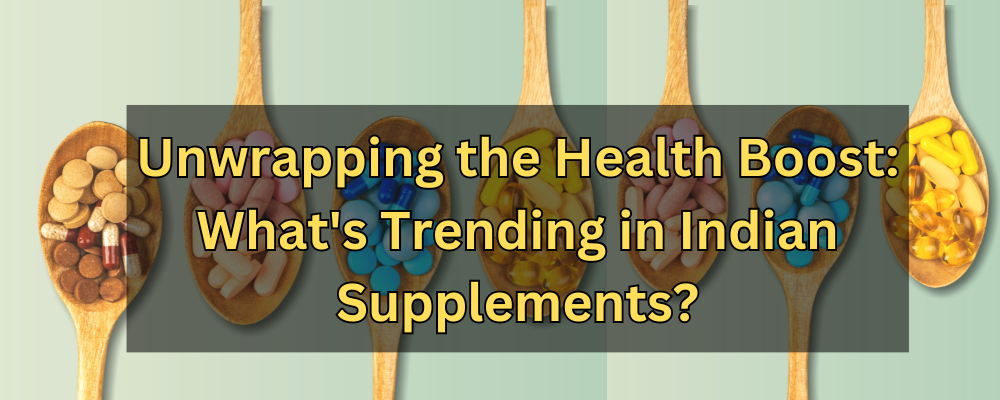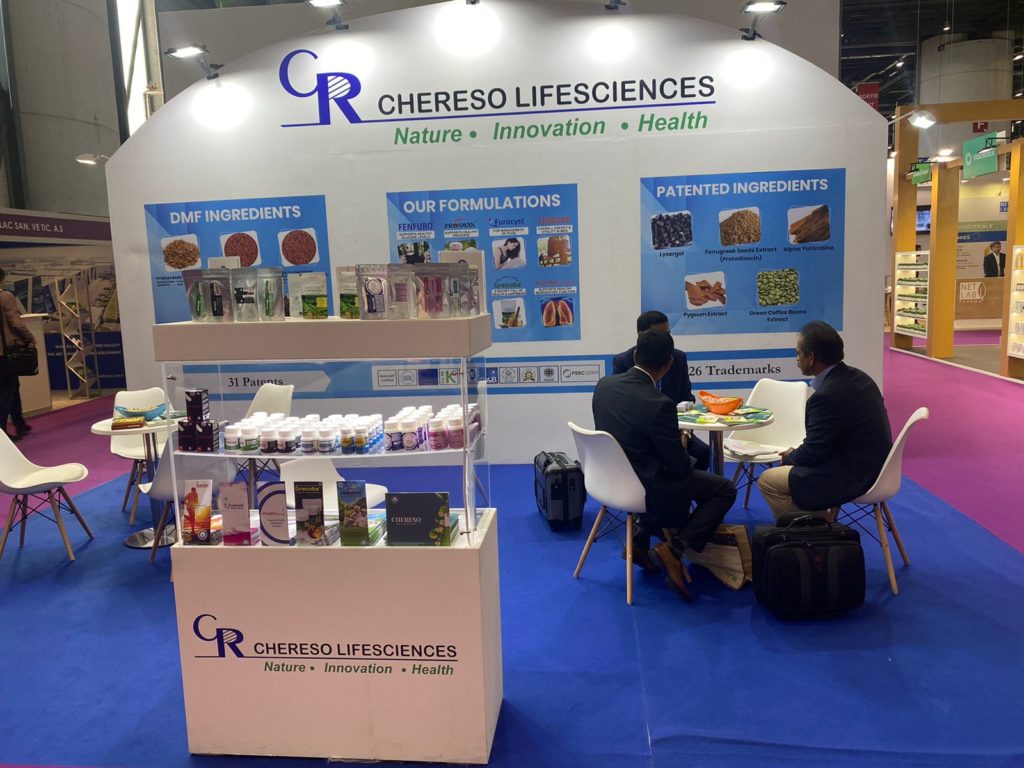Pre Diabetes: Everything You need to Know
Simply put, if you have pre diabetes (impaired glucose tolerance), your blood sugar (glucose) is raised beyond a healthy level but is not so high that you have blood sugar. While pre diabetes does not mean you have blood sugar, you are at a far greater risk of developing Type 2 diabetes than someone who does not have pre diabetes. You are additionally at a greater risk of developing cardiovascular diseases like heart disease and peripheral arterial disease.
This article will cover the basics of pre diabetes and the most effective course of treatment if you are diagnosed. Ultimately, lifestyle changes focused on diet and exercise are the most effective preventive measures you can take against the onset of type 2 diabetes.
The Relationship between Blood Glucose and Insulin

As your food is being digested, various foods are broken down into sugars or glucose, which pass through your stomach and into the bloodstream. Though, to remain healthy, a person should not have blood glucose levels that are too high or too low.
So what does the body do when blood glucose levels begin to rise after you eat? The body releases a hormone called insulin which transports glucose from your blood to your cells which use some glucose for energy while the rest is converted into stores of energy otherwise known as glycogen or fat.
When you are not eating, blood glucose levels will begin to fall as do insulin levels. Some glycogen or fat is then converted back into glucose and released from the cells back into the bloodstream.
A Normal Blood Glucose Level
Your blood glucose level literally refers to the amount of glucose in your blood. A normal blood glucose level should hover between 4 and 8 millimoles per litre (mmol/L). Usually, blood glucose levels are lowest in the morning and highest after eating.
Understanding Diabetes

Type 1 and type 2 are the two main forms of blood sugar. At this time, type 1 diabetes is not preventable and cannot be cured. Type 2 diabetes is the most common form.
Type 1 Diabetes
In this form of diabetes, beta cells in the pancreas stop producing insulin and so, the level of insulin in the bloodstream drops quickly. Formerly known as juvenile, early-onset or insulin dependent, this disease can develop rapidly and is treated with insulin injections and diet.
Type 2 Diabetes
On the other hand, the symptoms of type 2 diabetes develop over a longer period of time because the body is still producing insulin. Unlike type 1 diabetes where the body stops producing insulin, a person with type 2 diabetes does not make enough insulin or cannot use insulin properly otherwise known as insulin resistance. This means that you need more insulin than normal to keep blood glucose levels down.
What is Pre Diabetes?
The most common form of blood sugar, it is estimated that between 1 and 3 out of every 4 people with pre-diabetes will develop type 2 diabetes within 10 years.
The World Health Organization (WHO) defines a pre diabetic as someone who has:
- A fasting blood glucose of less than 7 mmol/L; AND
- An HbA1c blood test level of 42-47 mmol/mol (6.0-6.5%).
Pre diabetes develops for the same reasons as type 2 diabetes i.e. your body is not producing enough insulin or it is not using insulin properly.
Some risk factors include:
- Being overweight or obese
- Having a family history of diabetes i.e. a close relative
- A sedentary lifestyle
- High blood pressure and high cholesterol
- PCOS, a hormonal disorder in women
- A history of gestational diabetes
Symptoms Check
Pre-diabetics typically have no symptoms however a blood test can reveal that you have a raised blood sugar level. If you have high blood pressure, high cholesterol and/or a history of heart attack or stroke, your doctor will also likely recommend a blood test to check your glucose levels.
Can it be treated?

Knowing whether or not you have pre diabetes is valuable information because the progression to Type 2 diabetes can be treated and prevented. Regular blood tests occurring at least once a year are necessary to monitor blood glucose levels in addition to lifestyle changes.
A healthy diet consisting of whole plant foods is absolutely necessary. Staples including brown rice, lentils, beans, legumes, green vegetables like spinach, broccoli and peas, root vegetables like potatoes and yams and fruits like apples, mangos, pears, apricots, blueberries, bananas and melon are incredibly beneficial foods that should be consumed daily and abundantly.
Clinical researcher and author Dr. Neal Barnard is treating and even reversing type 2 diabetes with a high fiber, low fat plant-based diet. In fact, a study published in the August 2006 issue of Diabetes Care found Dr. Barnard’s treatment to be 3 times more effective than the American Diabetes Association’s guidelines on how to control blood sugar.
In addition to a diet rich in whole plant foods, natural supplements are worth considering.

Fenugreek, for example, is an herb derived from Ukraine, India, China and the Mediterranean region. The ripe, dry seeds found in fenugreek contain protein, vitamins, niacin, potassium, and disogenin as well as alkaloids, lysine, L-tryptophan and steroidal saponins. Studies suggest that fenugreek seed extract contains properties that can lower cholesterol and blood sugar. FENFURO is a group of furostanolic saponins derived from fenugreek seeds by innovative and patented process. It contains a rich variety of saponins and flavonoids, all substances known to lower blood lipid levels and a play valuable role in glucose regulation. Fenfuro has been clinically evaluated for safety and efficacy. For more information visit www.fenfuro.com.
With regular exercise, healthy diet and natural supplements, the onset of type 2 diabetes can be prevented.












